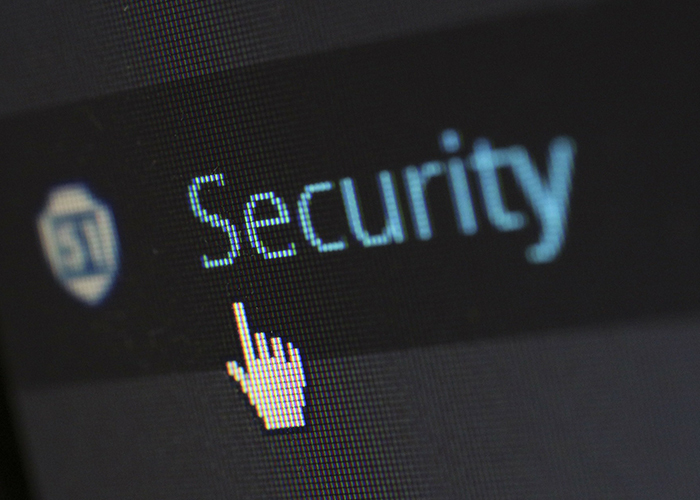How to Trademark and Copyright your Blog
July 11, 2018 by Akshara Bala
The content of the blog (along with the creative content) is already protected by copyright; it’s only a matter of getting a copyright registration, if required. However, your blog’s name, logo, slogans or combinations thereof can’t be protected with copyright registration. Such ‘Brand elements’ can be secured with a trademark registration.
If you have a small personal blog and don’t have any big plans to expand it further, then you wouldn’t have to go all out and secure the intellectual properties of your blog. In case your blog also brings you business, and you plan to expand it in the future, then it’s a good idea to get the intellectual properties of your blog registered.
Trademark your blog’s brand elements
Earlier, blogs were used for personal communication; now blogs have evolved into businesses and are recognised as brands. So, all elements of your blog that can go on to building your brand image can be trademarked. These could include:
- Blog name.
- Any logo that you may have created for your blog.
- Slogans and phrases that you may have coined for your blog that distinguishes it as a separate brand.
- Any patterns or combination of colours you may have created for your blog that distinguishes it as a distinct brand.
If you attempt to get the elements of your blog trademarked, and it’s already been taken, you could face an objection, and your trademark can be denied. It’s a good idea to conduct a Trademark Search to be sure that your trademarks are distinctive. If your trademark is original and unique, you are going to face a lot less trouble securing a trademark registration.
Copyright for your blog’s content
>When you start a blog and share original content on it, the copyright for your blog’s content automatically comes into existence. Meaning, when other people want to use your content, they would have to seek your permission. But it never really happens that way, does it? You can’t press legal action unless you have registered your copyright - Copyright registration serves as the prima facia evidence.
A copyright registration will let you keep the sole credit for all the work that you do. While it will not stop other people from using your content, it will help create the base you need to collect evidence and file for damages under legal recourse.
Copyright of your website design:
There is no such thing ‘copyright for a website’. If you want to protect the design of your blog, you would have to identify all the individual elements (design/artistic/text) and make sure you own the intellectual property for all of those elements. However, having said that, when web-pages have been created using CSS or HTML coding, then, as mentioned earlier, the copyright comes to existence the moment the coding is created (and published). After that, it’s a matter of getting a copyright registration to protect your coding.

Things to consider before you register the copyright for your blog:
- Only the content filed while applying for a copyright registration will be protected as a registered copyright. It will not protect any future content that you create and upload. Meaning, a new registration must be made each time you add content to your blog.
- Filing a new application each time you upload content can be an expensive exercise. Here are a few reasons why copyright registration can be beneficial:
- If you have a large number of subscribers who regularly visit your blog for original ideas and the valuable information you provide.
- When several other third-party sites are copying the information that you are providing and have started sounding very similar to your blog.
- When your blog is a part of your business, and you are losing business because of duplication of work by third-party sites.
- Even without copyright registration, the original content of your blog is under protection. If you detect infringement, you can contact the infringing website and ask them to take down your content (mutual resolution). However, you will not be able to sue for infringement or file for damages without a registration.
